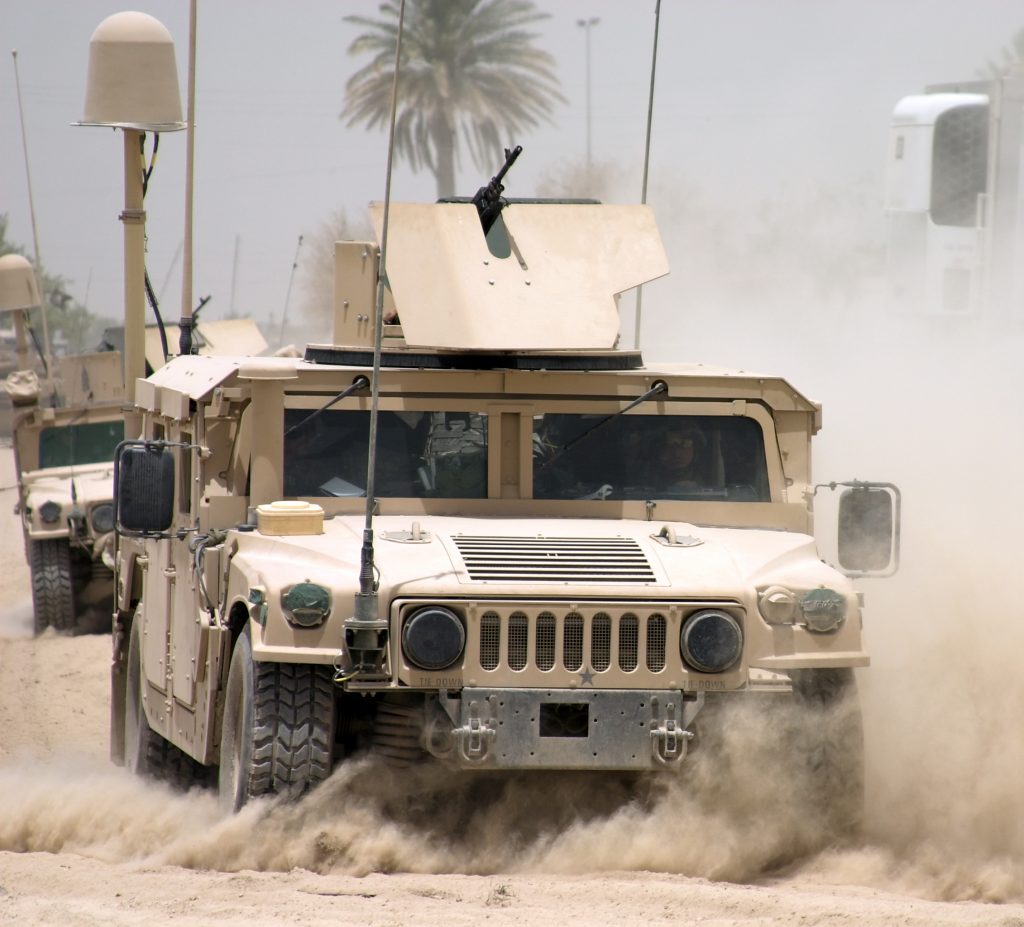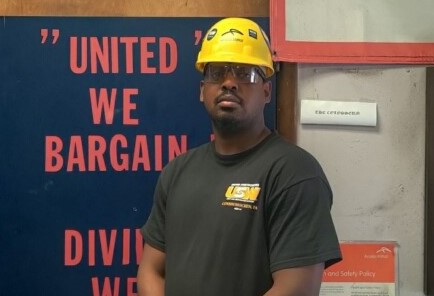
Steel is needed to build everything from battleships to bridges. The Conshohoken mill in Pennsylvania has long made what America needs for its national security and critical infrastructure.
The Conshohoken steel mill on the outskirts of Philadelphia might seem small compared to other sprawling American steel mills, but it plays an outsized role in the national security of the United States.
Located on the Schuylkill River, the Pennsylvania mill manufactures military-grade armor and high-alloy steel, much of which is used in the U.S. Naval fleet and other military operations. Now owned by Cleveland Cliffs, the Conshohoken mill played a critical defense role during the Iraq War, as it pivoted production to help provide specialized steel armor plate for 18,000 unarmored Humvees that needed protection from improvised explosive devices (IEDs).
But just a few years ago, Conshohken itself was at risk of closing down for good. An onslaught of unfairly traded steel, including from China, was flooding the global market. That led to thousands of steel industry layoffs across the country, including at Conshohken.
Kameen Thompson, the United Steelworkers (USW) Local 9462 President and safety coordinator for the plant, watched the mill go from 300 specialty steelworkers down to just a crew of 75 steelworkers.
But in March 2018, Section 232 trade action went into effect, placing a 25% tariff was put on steel products imported into the United States. Section 232 provided a lifeline for America’s struggling steel companies, giving them a chance to compete on a more level playing field with countries like China.
“I tell everyone this is my opinion: Without tariffs in place, we do not protect the national security of this country,” Thompson said. “We cannot depend on another country if anything happens on our turf, and we have to rely on steel to come across the ocean to get to our country for us to fabricate the things we need to protect the people of this land, when we have it right here on our own soil.”
Section 232 tariffs leveled the playing field for America’s steelworkers and steel producers, and the industry soon began to rebound as a result. More than 3,200 jobs have been created as a result and tens of billions of dollars have been invested into steel facilities.

Today, the Conshohoken mill has increased its workforce to nearly 150 workers and continues to manufacture the steel needed for America’s national security and critical infrastructure.
“With the tariffs in place, it allowed us to bring back close to 75 people and counting, because we are gearing up to hire even more in the next few months,” Thompson said. “We’re back in business because of the tariffs being in place and controlling the dumping.”
He added: “If you want to protect the people of this country, if you want the steel industry to come back, if you want the economy to come back, keep the tariffs in. If you want to create good-paying jobs, keep the tariffs in. It you want our national security to be as strong as ever, keep the tariffs in.”
Conshohoken was hit particularly hard by surging imports of dumped steel before Section 232 went into place, Thompson said. The steel was priced far below fair market value, as overseas producers like China weren’t out to make a profit, but rather dominate the global market.
“We can’t compete on a level playing field because they don’t have labor laws over there in China,” Thompson said. “They don’t have any EPA regulations so they can have cheap labor making cheap steel and sell it for the cheapest price they can. They want to dominate the steel market.
“If they dropped the 232 tariffs, China would be back in our country doing what they want to do dumping more steel back in our country. If they don’t keep the tariffs on, China will be back doing what they had been doing and it will hurt some steel companies, especially some of the mom-and-pop steel factories.”
Thompson, at the age of 41, is a 16-year USW veteran at the Conshohocken mill, and has witnessed some of the darkest times for the industry. His plant likely survived because of its military contracts.
But Thompson anticipates a brighter future at the mill, as long as the 232 tariffs remain in place. A robust infrastructure package, like the American Jobs Plan proposed by the Biden administration, also will help generate demand.
“I just know the tariffs need to stay in place for the national security of this country. I really strongly believe that. It also really helps our local communities. It’s just not a cliché. It is really, really important. I have seen the affects that it has done to my plant personally,” Thompson said.
“With the breathing room the Section 232 tariffs provide and a large infrastructure package in the works, the steel industry, and steelworker jobs, will once again dominate manufacturing in the United States.”
